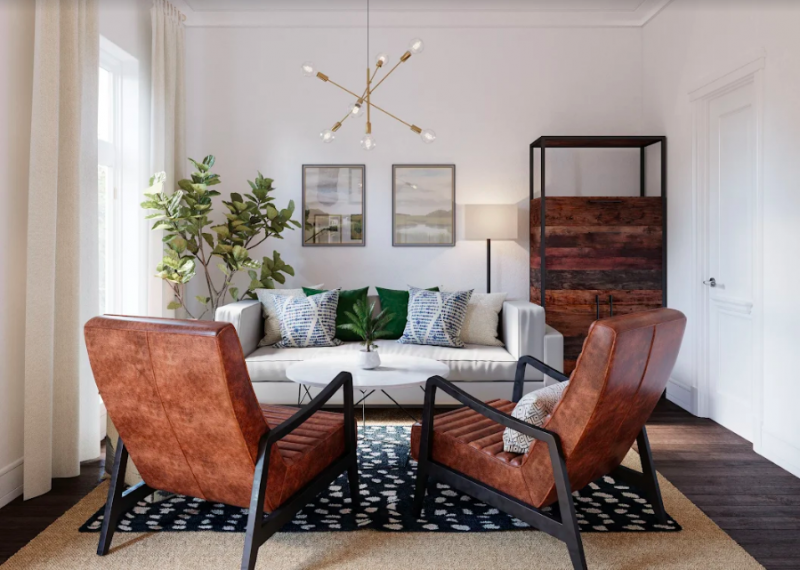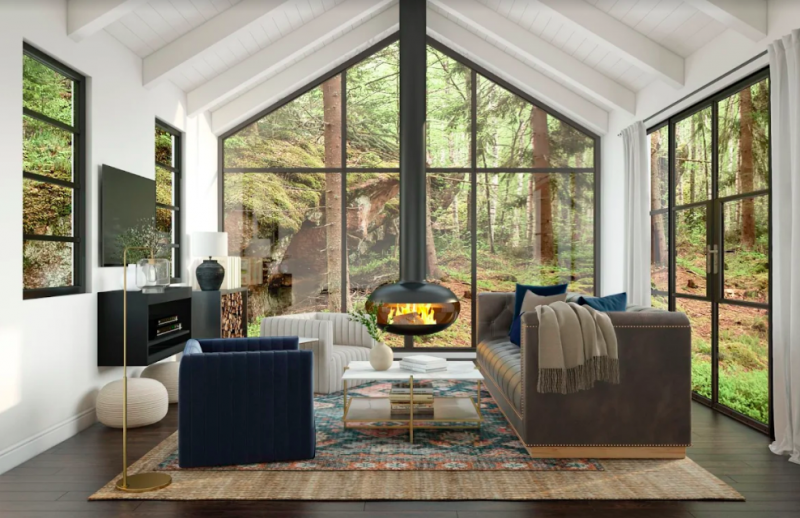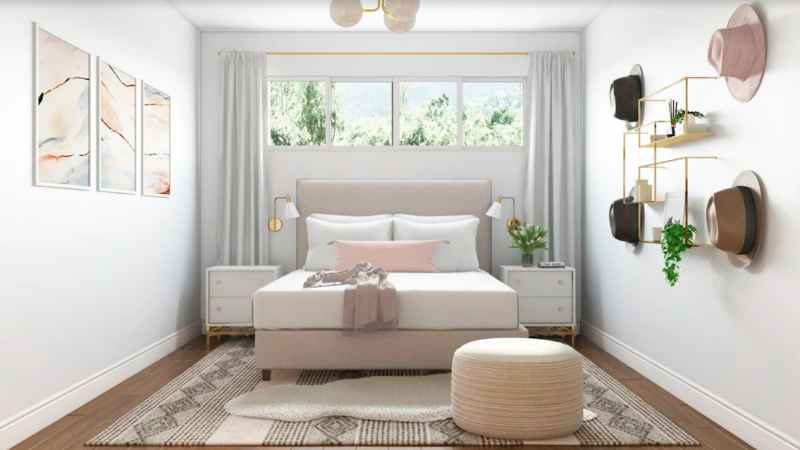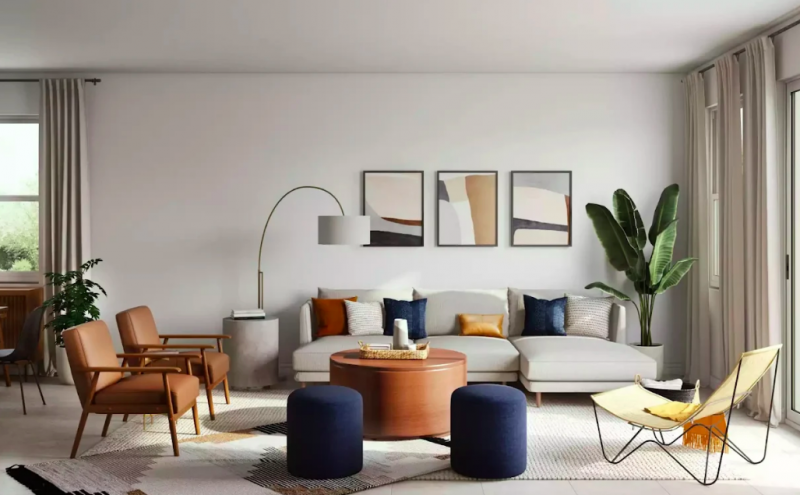Layers aren’t just for dressing for the seasons. Or for cakes. Or even the much celebrated and copied ‘Rachel’ cut.
Home design is all about creating depth and dimension through layers, and we believe it all begins with the foundation. That’s right, we’re talking about one of our favorite ways to shake a space up: layering rugs. If you’re looking for a chic way to achieve a cozy and unique aesthetic that complements a variety of design styles, look no further than your floor. Rug on rug design action is fairly simple—just keep these expert designer tips, tricks, and principles in mind as you layer in even more style and distinctive character in your home.
1. Coordinate, Don't Replicate
When layering rugs, it is important to consider both your base rug and your layered accent rug to ensure they complement one another rather than compete. That being said, gone are the days of matchy-matchy. Look to the room’s color scheme when selecting your base rug, but when it comes to the top layer, let those creative juices flow! Your second rug can be a clever focal point and an unexpected element in your overall space.
For a more measured approach, consider two varying shades of the same color, or go bold with hues on the opposite sides of the color wheel (lookin’ at you, yellow and purple!). Your accent rug can also play off of other tones of your space, such as a painting on the wall or throw pillows.
Now let’s talk patterns. When it comes to mixing it up, pair two rugs that are similar enough to work harmoniously, but different enough to stand alone. A good rule of thumb to follow is pairing a heavily patterned rug—such as a Persian or floral pattern—with a simple rattan or solid rug. And let’s maybe leave the stripes on stripes for preppy coastal wardrobes.

2. Pattern Mixology
Your fail-proof formula for good lookin’ layering rugs? A basic neutral organic base topped with a bold animal print rug. A natural jute or sisal rug adds contrasting texture to the space while creating the perfect backdrop for a pattern to pop—without looking too busy or overcrowded. It’s the perfect way to tip-toe outside your design comfort zone while still bringing harmony to the space.
If you’re seeking safer waters, play with contrast by topping a lighter, neutrally colored rug with a darker one. Black or navy blue makes a simple yet stand-out statement to dramatically transform your room into a more special scene.

3. Something Old, Something New
Antique, vintage, and inherited rugs come in all shapes and sizes—and what you love, inherit, or is priced within in your budget may not always suit the size and scale of your home. Never fear. Pairing existing rugs with a new base rug can refresh your interior, keeping your design feeling sentimental, well curated, and uniquely you.
To ensure your rugs properly fit your room, simply layer the smaller antique rug above a larger, neutral one. This gives your special piece more prominence, letting it stand out despite its smaller size. The base rug extends coverage and helps anchor all of your furniture together for a cohesive feel. Keep this tip handy if you’re moving, as well. There’s no need to fret about fitting your favorite rugs into your new place when you can layer them!

4. Play with Texture
Mix-and-matching rugs isn’t just about color. Blending textures plays a starring role in creating the room of your dreams. Textural elements, such as curtains, pillows and rugs, add depth to a room—and even more so when contrasted with one another. (Think nubby with soft and fluffy, or an organic weave with plush). This combination is especially important when working with an all-neutral or tone-on-tone look.
The sign of good design is visual interest and how different materials in the space relate to one another. For example, the interplay between a large natural rug that visually expands a room topped with a soft fluffy sheepskin makes a space feel more compelling and (literally) layered, all while inviting us to kick off our shoes, cozy up, and enjoy those hygge vibes.

Work Your Angles
While some of us may cringe at the thought of diagonals or anything off-kilter, layering rugs at an angle can actually create a touch of playfulness in an otherwise traditional design. It can also be a practical way of expanding the defined space of a room or lead a guest about the house.
To help anchor a room when the main rug doesn’t give enough coverage, simply place a smaller rug at an angle over the base layer. This method can also be used to visually expand a smaller furniture arrangement and give you a clear runway from the living room to the kitchen for those snack and wine refills.

Ready to layer up your own home? Or designers are here to help. Get started with our style quiz.

